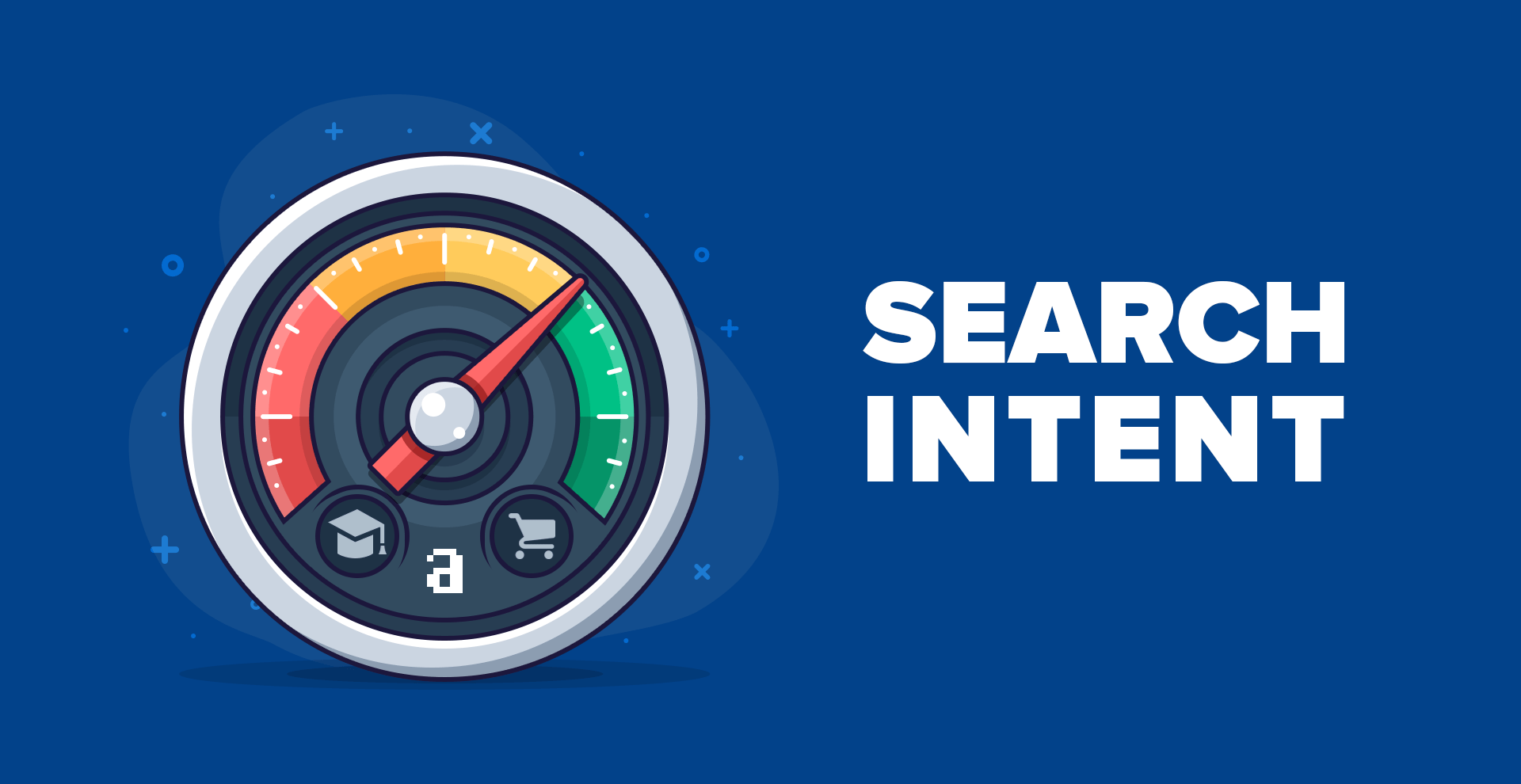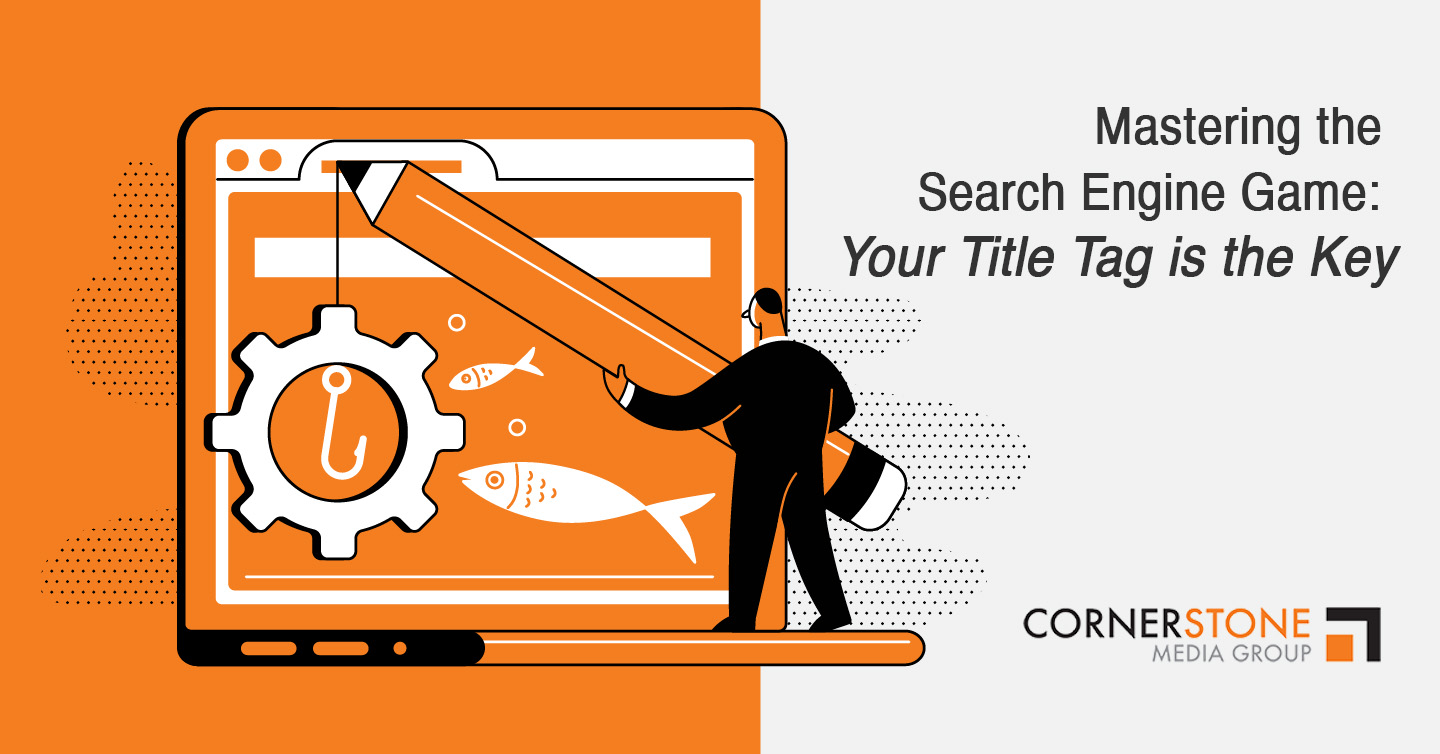
Mastering User Intent: The Key to Effective SEO Content
The digital marketing landscape is constantly evolving, and one crucial factor for success in this dynamic environment is understanding user intent. By understanding the “why” behind a user’s search query, you can craft content that resonates with your target audience and drives meaningful traffic to your website. This article delves into the four main types of Google searchers and provides actionable strategies for creating content tailored to their specific needs.
Understanding User Intent: The Cornerstone of Effective Content
User intent refers to the underlying purpose or motivation behind a user’s search query. It essentially answers the question: “What is the user hoping to achieve with their search?” By aligning your content with the various types of user intent, you can optimize your website for better visibility and engagement.
1. Demystifying Informational User Intent:
Informational users are actively seeking answers, knowledge, or information on a specific topic. They are in the research phase of their decision-making journey and not necessarily looking to make an immediate purchase. Common search queries indicative of informational intent include:
- “How to” questions: “How to change a tire?”
- “What is” queries: “What is the capital of France?”
- “Benefits of” phrases: “Benefits of using a CRM system?”
Catering to Informational Users:
- Develop Comprehensive Guides: Create in-depth guides and articles that thoroughly cover a topic. Use clear and concise language, focusing on providing valuable information and addressing user pain points.
- Leverage the Power of Video: Explainer videos are highly popular for informational queries. Create engaging and informative videos that complement your written content and cater to visual learners.
- Build a Robust FAQ Page: Anticipate common questions users might have about your industry, product, or service, and create a well-organized FAQ page for easy access.
- Embrace Visual Content: Infographics and other visual aids can effectively convey complex information in a visually appealing and easily digestible manner.
By implementing these strategies, you establish your website as a reliable source of knowledge, increasing the likelihood of users returning for future information needs.
2. Navigational User Intent: Guiding Users to Their Destination
Navigational users have a clear goal in mind: finding a specific website or online destination. They often use search engines to navigate directly to their desired location. These searches typically involve brand names or website names, such as “Facebook login” or “YouTube.”
Strategies for Navigational Users:
- Optimize for Brand Recognition: Ensure your website is optimized for your brand name and any common misspellings. This enables users to find you easily through search engines.
- Prioritize User-Friendly Navigation: Design an intuitive and user-friendly website navigation that allows visitors to effortlessly access the most important pages.
- Embrace Internal Search: Incorporate an internal search function on your website, empowering users to find specific information within your domain without needing to leave.
- Build Brand Authority: Publish content that reinforces your brand’s expertise and authority in your industry. This encourages users to return directly to your website for their needs.
By focusing on these strategies, you streamline the user journey and ensure your website is easily discoverable by those seeking it out.
3. Converting Intent into Action: Transactional User Intent
Transactional users are ready to make a purchase or complete a specific action on your website. These users are in the final stages of the buyer’s journey and actively seeking products or services to fulfill their needs. Common search queries indicative of transactional intent often include:
- Commercial keywords: “Buy,” “order,” “price,” or “discount.”
- Product-specific searches: “Best running shoes for women 2023.”
Strategies for Transactional Users:
- Craft Compelling Product Pages: Develop informative and visually appealing product pages that include detailed descriptions, high-quality images, clear pricing, and prominent calls to action for easy purchasing.
- Harness the Power of Reviews and Testimonials: Incorporate genuine customer reviews and testimonials to build trust and confidence in potential buyers, influencing their purchasing decisions.
- Highlight Promotions and Discounts: Strategically showcase ongoing promotions, discounts, or special offers on your website to incentivize users to purchase.
- Prioritize a Secure Checkout Process: Ensure a smooth and secure checkout process to reduce cart abandonment rates and maximize conversions.
By implementing these strategies, you provide a seamless transactional experience for users, ultimately increasing conversion rates and boosting your revenue.
4. Navigating the Gray Area: Commercial User Intent
Commercial users occupy a space between informational and transactional intent. They are interested in buying from you but are still in the research phase and not ready to commit immediately. These users are actively comparing different options, reading reviews, and seeking information before making a final decision.
To create content for users with commercial intent, use the following strategies:
- Product Comparisons: Create detailed product comparison articles that objectively highlight the pros and cons of different options within your industry.
- Case Studies: Share real-life case studies to show how your product or service has provided value to customers.
- Buying Guides: Develop comprehensive buying guides that help users understand their options and make informed decisions.
- Email Newsletters: Encourage users to subscribe to your email newsletter to stay informed about your offerings and industry updates.
By catering to users with commercial intent, you position your brand as a valuable resource, which can significantly influence thei purchase decision.
Conclusion
Understanding user intent and aligning your content with the various types of Google searchers can significantly impact the success of your SEO efforts. By catering to informational, navigational, transactional, and commercial user intent, you can create a holistic content strategy that attracts, engages, and converts your target audience effectively.
Remember that user intent can change over time, so regularly analyze user behavior and adapt your content strategy to stay ahead in the competitive digital landscape.





